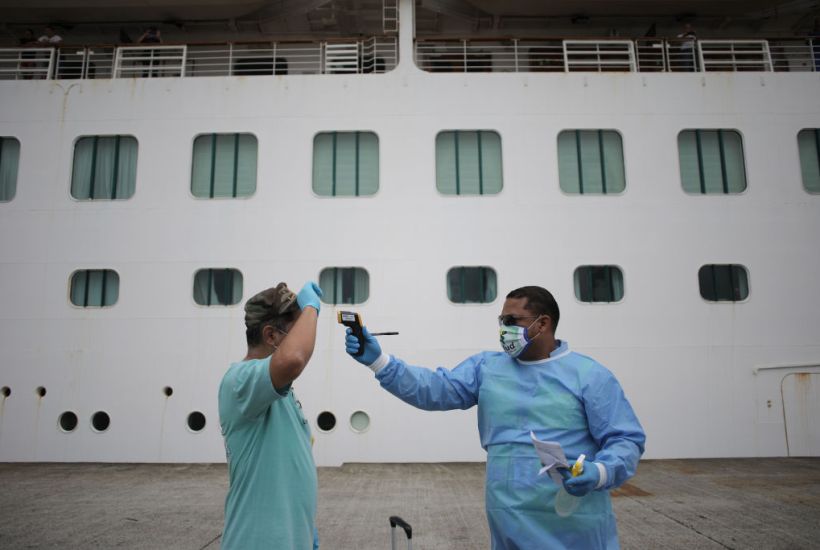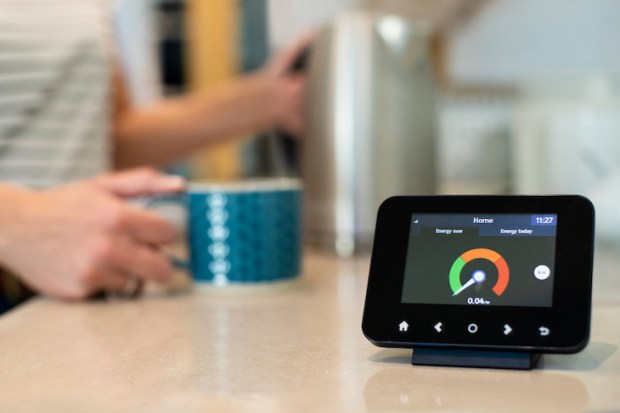Two weeks ago I wrote hereabout a study by the La Jolla Institute for Immunology in California, which found that between 40 and 60 per cent of people who had never been exposed to SARS-CoV-2 – the virus which causes Covid 19 – nevertheless seemed to develop an immune response to the disease in their T Cells. They appeared to have a cross-reactive immunity which had been gained through exposure to other coronaviruses – those which cause the common cold.
Now comes another studyproviding more evidence of the same phenomenon from a team at the Emerging Infectious Diseases Program from Duke-NUS Medical School in Singapore. Nine of 18 patients they studied showed an immune reaction in their T cells to a protein in SARS-CoV-2, in spite of never having been exposed to the virus.
The team also found that survivors of SARS – the novel coronavirus disease which had an outbreak in 2002/03 and then largely disappeared – possess a ‘robust’ cross-reactive immune response to SARS-CoV-2.
The usual caveats apply. This is a study yet to be peer-reviewed and it involved only a small number of individuals, but it does raise interesting questions over Covid-19. There has been a widespread assumption that no-one has any immunity to SARS-CoV-2, and that unless suppressed by social distancing or by a vaccine it will go on to infect the majority of the population. The government’s response to Covid-19, as well as the Imperial College modelling which has proved so influential on it, has worked on the assumption that 80 per cent of the population could go on to become infected. But if some of the population have a degree of resistance thanks to previous infection with other coronaviruses then the numbers change. We might not need 60 per cent of the population to become infected to build up herd immunity, but a far lower figure.
Real-world evidence has already questioned the assumption that most of us would become infected were the disease allowed to run its course. In the accidental experiment of the Diamond Princess – a close community where the infection was allowed to spread unchecked for a fortnight in January, and everyone was eventually tested – only 17 per cent of passengers and crew became infected.
Even if cross-reaction from other coronaviruses does not provide full immunity, it might explain why many people suffer only mild symptoms or no symptoms at all. According to an ONS study of 19,000 people published last week, 79 per cent of people who tested positive for SARS-CoV-2 showed no symptoms up until the day they were tested.
Got something to add? Join the discussion and comment below.
Get 10 issues for just $10
Subscribe to The Spectator Australia today for the next 10 magazine issues, plus full online access, for just $10.





















Comments
Don't miss out
Join the conversation with other Spectator Australia readers. Subscribe to leave a comment.
SUBSCRIBEAlready a subscriber? Log in